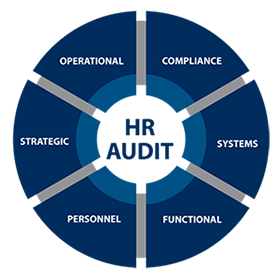
Statutory compliance, in HR, refers to the legal framework within which organizations must operate, in the treatment of their employees.
Every country has several hundreds of federal and state labour laws that companies need to align with. This list is forever being added to.
This act provides for fixing minimum rates of wages for skilled and unskilled laborers. It not only guarantees money for bare minimum survival requirements of workers but also takes care of education, medical requirements, and some level of comfort of workers.
The Minimum Wages Act being a state subject, the statutory compliance of a centralized Payroll management is to cater for the payment of minimum wages to an organization’s workers spread out across different states. Empxtrack Payroll has the provision to map this complex requirement.
Payment of ‘Overtime’ wages to workers is also a statutory requirement as per the Factory Act & Payment of Wages Act. It affects sectors like manufacturing & construction.
ESI fund, maintained by ESIC is applicable to employees’ earning Rs 15,000 or less per month to provide the cash and medical benefits to them and their families.
PF is a compulsory contributory fund for the future of employees after their retirement or for their dependents in case of their early death.


HR Audit
A Human Resources Audit (or HR Audit) is a comprehensive method (or means) to review current human resources policies, procedures, documentation and systems to identify needs for improvement and enhancement of the HR function as well as to assess compliance with ever-changing rules and regulations. An Audit involves systematically reviewing all aspects of human resources, usually in a checklist fashion.
Sections of review include:
- Hiring and Onboarding
- Benefits
- Compensation
- Performance evaluation process
- Termination process and exit interviews
- Job descriptions
- Form review
- Personnel file review
- Establish HR Functions
- Organisation analysis
- Employee Relations
The purpose of an HR Audit is to recognize strengths and identify any needs for improvement in the human resources function. A properly executed Audit will reveal problem areas and provide recommendations and suggestions for the remedy of these problems. Some of the reasons to conduct such a review include:
- Ensuring the effective utilization of the organization’s human resources
- Reviewing compliance in relation to administration of the organization
- Instilling a sense of confidence in management and the human resources function
- Maintaining or enhancing the organization and the department’s reputation in the community
- Performing “due diligence” review for shareholders or potential investors/owners
- Establishing a baseline for future improvement for the function

























